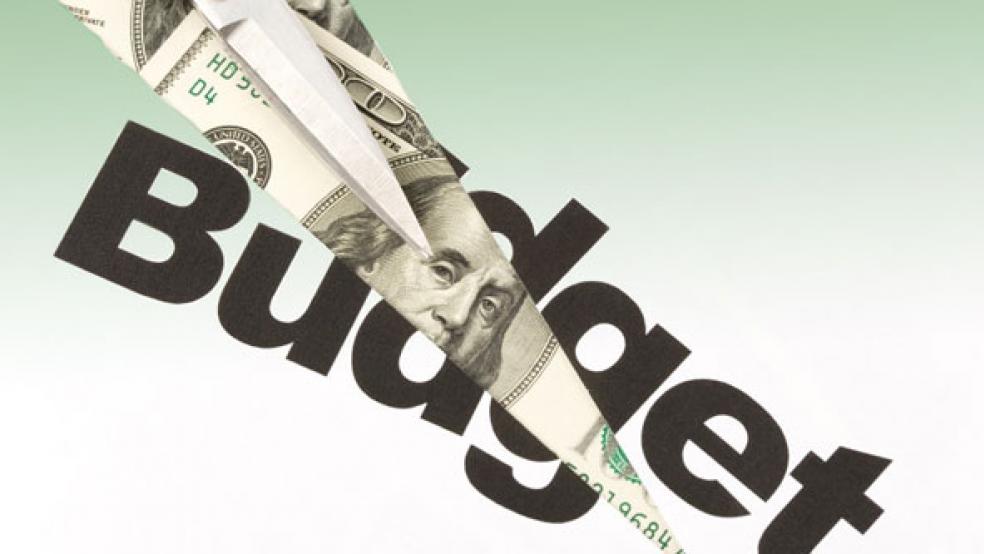Tomorrow night, President Trump is scheduled to make a major policy speech to Congress in which he is expected to offer an opening gambit in the budgeting games likely to occupy Congress for much of the next several months. The proposals he puts forward will force many in Washington, including Trump himself, to confront some uncomfortable realities.
According to news reports over the weekend, primarily from The New York Times, Trump is planning to propose a major increase to the Defense Department’s budget, in line with his promise last week to oversee “one of the greatest military buildups in American history.”
Related: A Military Buildup and Big Tax Cuts: Is the Debt Set to Soar Under Trump?
The decision to greatly increase the Pentagon’s budget means one of three things has to happen in order to cover the costs: the Treasury could borrow more money, increasing the national debt; Congress could raise taxes to offset the increased Defense spending; other federal programs could be slashed.
Over the weekend, Congressman Jim Jordan, an influential leader of the House Freedom Caucus, appeared on ABC and made it plain that option number one, increased borrowing, was off the table.
“We’ve got to pay for these things,” he said when asked about how to handle Trump’s budget request. “We make this job way too complicated.”
Jordan’s wing of the party is substantial enough to block legislation in the House of Representatives unless Republican leadership can bring a large number of Democrats along, and it has shown, in the past, willingness to thwart the wishes of GOP leadership.
Related: Trump’s Deportation Plan Could Cost Hundreds of Billions of Dollars
Given the adamant opposition to tax increases among Republicans in general, the only option that remains is major spending cuts elsewhere, and according to the Times and The Wall Street Journal, that’s where Trump will go looking for the cash he wants to send to the Pentagon.
According to those reports, the Environmental Protection Agency and the State Department are both facing the prospect of tens of billions in spending reductions, though it is unclear how the burden would be divided. The EPA’s budget, for example, was only $8.1 billion in 2016. The State Department’s budget was $51 billion, already dramatically lower than in previous years.
At the Center for Economic and Policy Research, economist Dean Baker points out that if the EPA is really expected to give up “tens of billions” in spending, presumably over the traditional 10-year budget window, it would likely represent at least a 25 percent decrease in its overall budget.
For the State Department, the percentage would be lower but would come after a previous round of budget cutting. It would also be difficult to reconcile a major reduction in spending on the United States’ main vehicle for engaging other countries around the world at a time when the President himself insists that he “inherited a mess” on the global stage.
Related: Why a Small Interest Rate Hike Means a $50 Billion Hit to the Federal Budget
Other cuts in spending are expected to focus on social safety net spending. While Trump will likely avoid cuts to the biggest-ticket items in the budget, like Medicare and Social Security, which he promised not to touch, other programs, like food aid to the poor and other assistance programs could face reductions.
Any move to increase defense spending would require Congress to do away with the sequester imposed by the Budget Control Act of 2011, which imposed across-the-board spending reductions in equal measure on Defense and non-Defense spending.
While many Congressional Republicans likely wouldn’t be bothered by changing the rules to allow more spending on the Pentagon and less on domestic priorities, the Democrats will surely focus what little leverage they have on trying to protect the social safety net.





